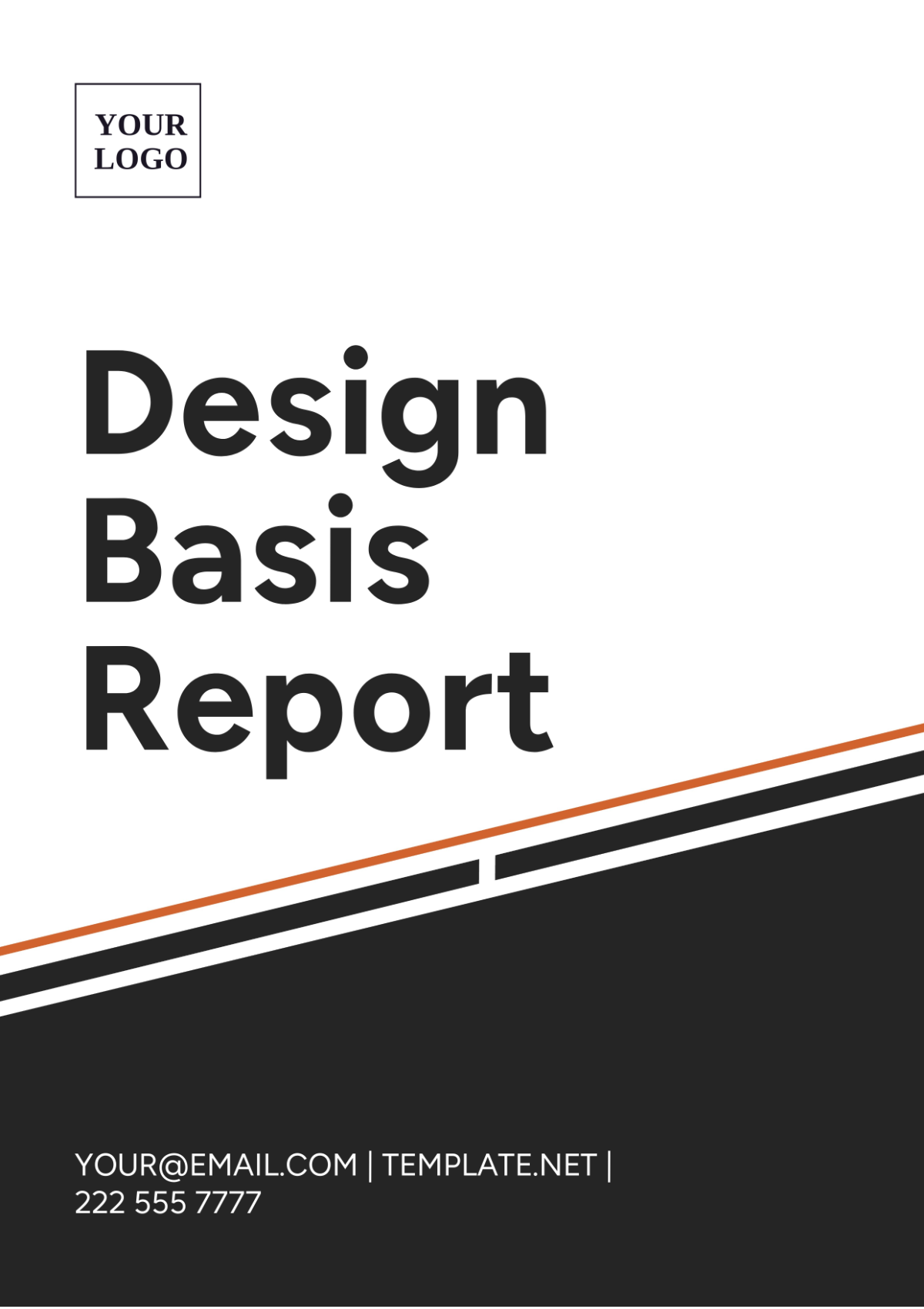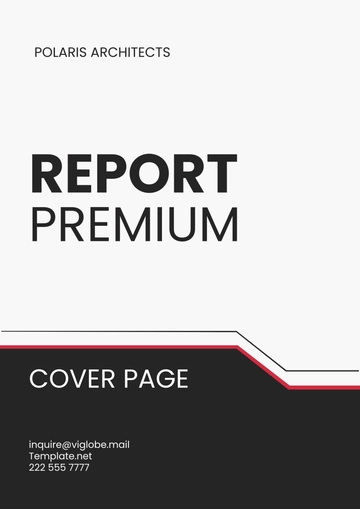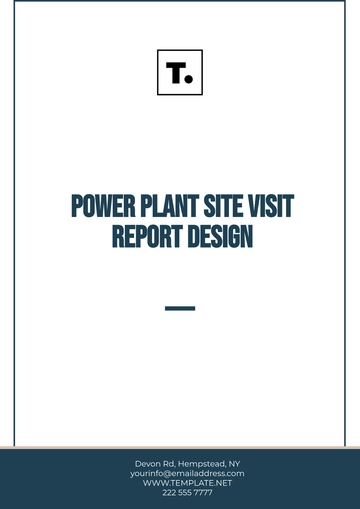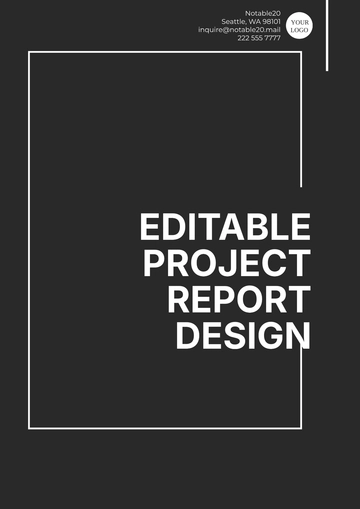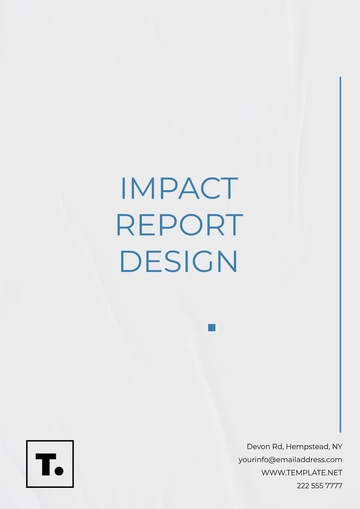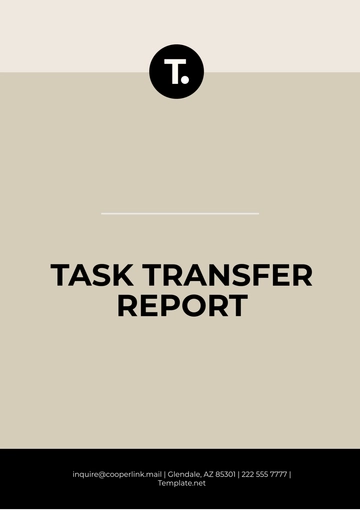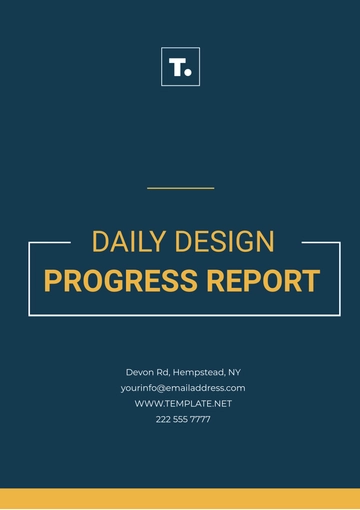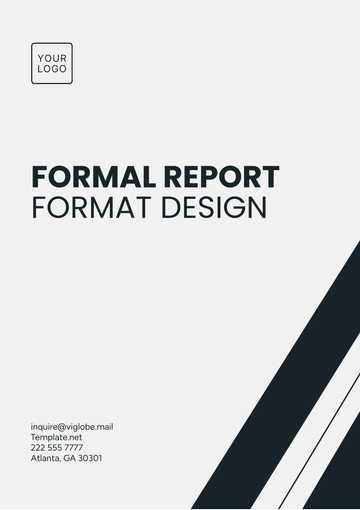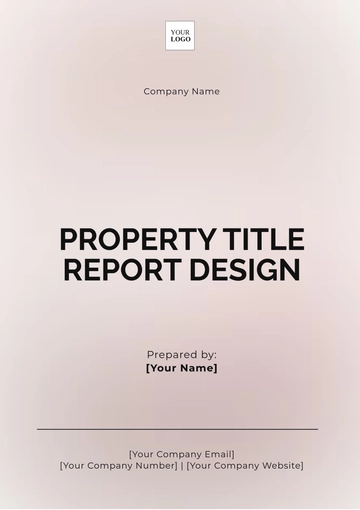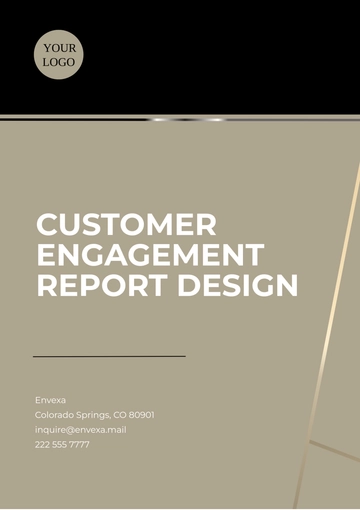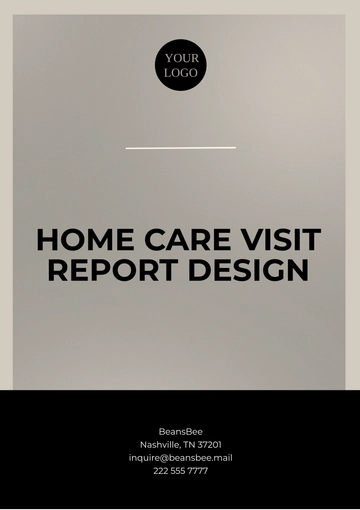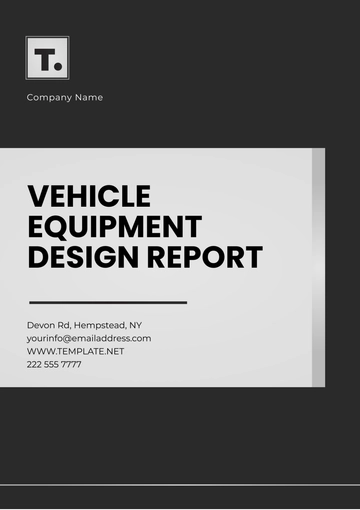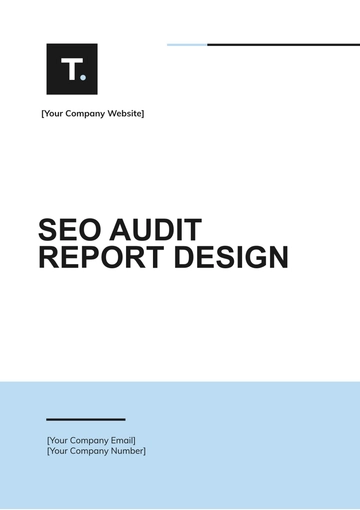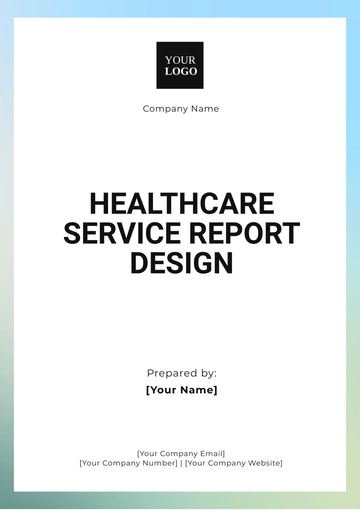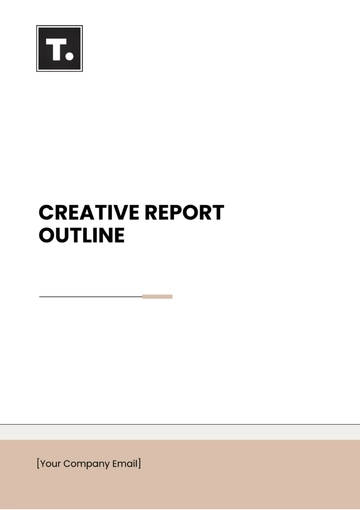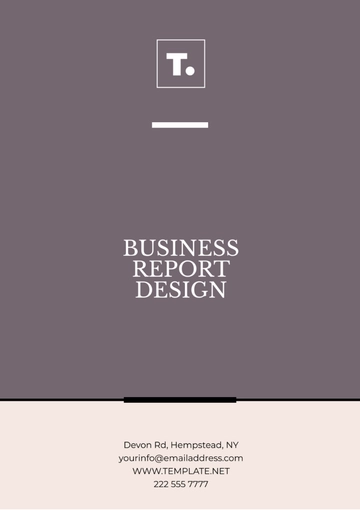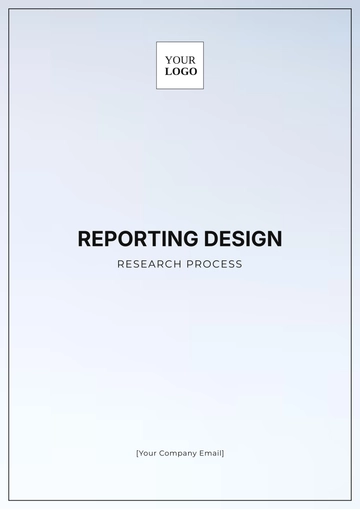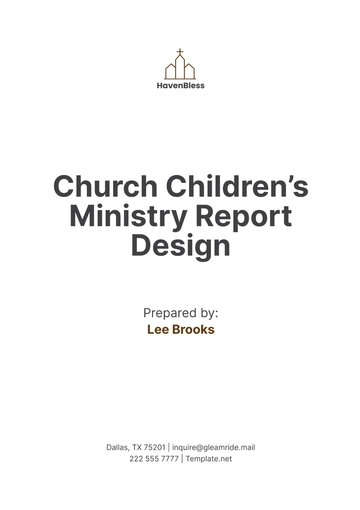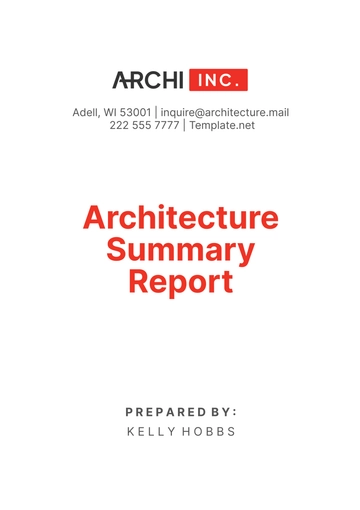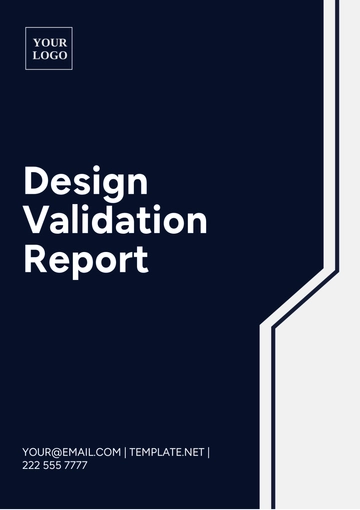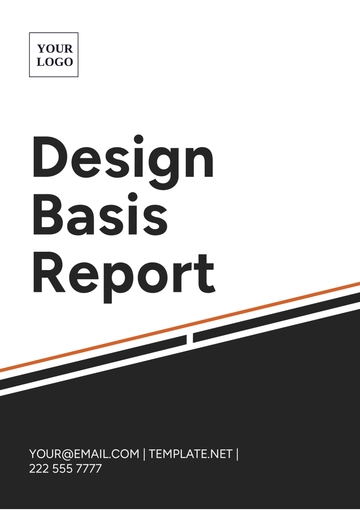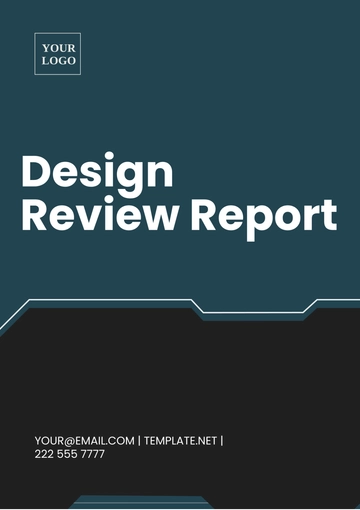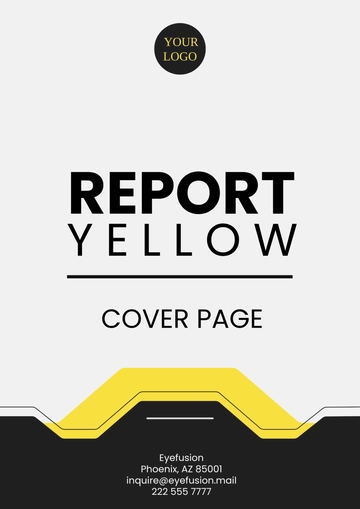Design Basis Report
Prepared By | Company | Date |
[YOUR NAME] | [YOUR COMPANY NAME]. | [DATE] |
I. Introduction
The Design Basis Report (DBR) serves as a fundamental document that describes the initial set of defined requirements and design outlines intended to meet the client's needs. This report, prepared by [YOUR NAME] from the [YOUR DEPARTMENT] at [YOUR COMPANY NAME], provides a detailed overview of the design protocols and guidelines which ensure compliance and alignment with the project's objectives.
This document will elaborate on the framework and strategic approach undertaken by the [YOUR DEPARTMENT] to meet or exceed the specifications provided by our client, [CLIENT NAME]. All technical and design-related decisions herein abide by the standardized norms and current industry practices ensuring reliability and sustainability of the project.
II. Project Overview
The project, initiated by [CLIENT NAME], involves the development of [PROJECT DESCRIPTION]. The objective of this report is to establish a concise and clear design basis which will act as the foundational guidance for all subsequent design stages. The scope of this project includes [LIST KEY PROJECT ELEMENTS].
The primary aim and expectations from the project are to [SPECIFY GOALS]. This report will detail the mandatory requirements and operational criteria needed to achieve the desired outcomes in segments that follow.
III. Design Criteria
Design criteria define the key parameters and minimum standards necessary to guide the development of the project. This section of the report specifies the criteria that incorporate safety, performance, reliability, cost-efficiency, and sustainability considerations. The criteria mentioned hereunder have been mutually agreed upon with the client and stakeholders.
Structural Integrity: Ensuring design resiliency against [SPECIFIC NATURAL OR INDUCED STRESSES].
Performance Standards: Meeting both domestic and international performance standards as applicable.
Cost Constraints: Adhering to the pre-defined budget limit of [COST LIMIT] without compromising on quality or safety.
Sustainability: Incorporating eco-friendly materials and technologies as per the guidelines of [ENVIRONMENTAL STANDARDS].
IV. Methodology
The methodology section outlines the approaches to be employed in applying the design criteria defined earlier. The process is divided into several phases, each tailored to address specific areas of the project development as designated by the project manager, [PROJECT MANAGER NAME].
Phase | Objective | Key Activities |
|---|
1. Planning and Research | Establishment of requirements and research on current industry practices. | |
2. Design Preliminaries | Initial design sketches and models | |
3. Implementation and Testing | Execution of design and verifications | |
V. Findings
This section presents the key findings derived from the initial planning, research, and design stages. It encapsulates noteworthy observations, challenges, or opportunities identified by the project team.
Market Trends and Analysis:
Resource Assessment:
Evaluation of available resources including materials, manpower, and technology.
Assessment of any potential constraints or bottlenecks.
Risk Analysis:
Stakeholder Engagement:
Innovative Solutions:
VI. Conclusion and Recommendations
In conclusion, this Design Basis Report lays down all the necessary criteria and methodologies required for the successful execution of [PROJECT NAME]. It addresses all initial queries and provides a clear trajectory moving forward. Adherence to the stipulations of this report is mandatory for all project team members.
It is recommended that all departments involved periodically review the criteria and specifications to ensure they are in line with evolving industry standards and technological advancements. The ongoing feedback and updates will be managed by [YOUR NAME], ensuring the project remains aligned with client expectations and regulatory requirements.
Report Templates @ Template.net
